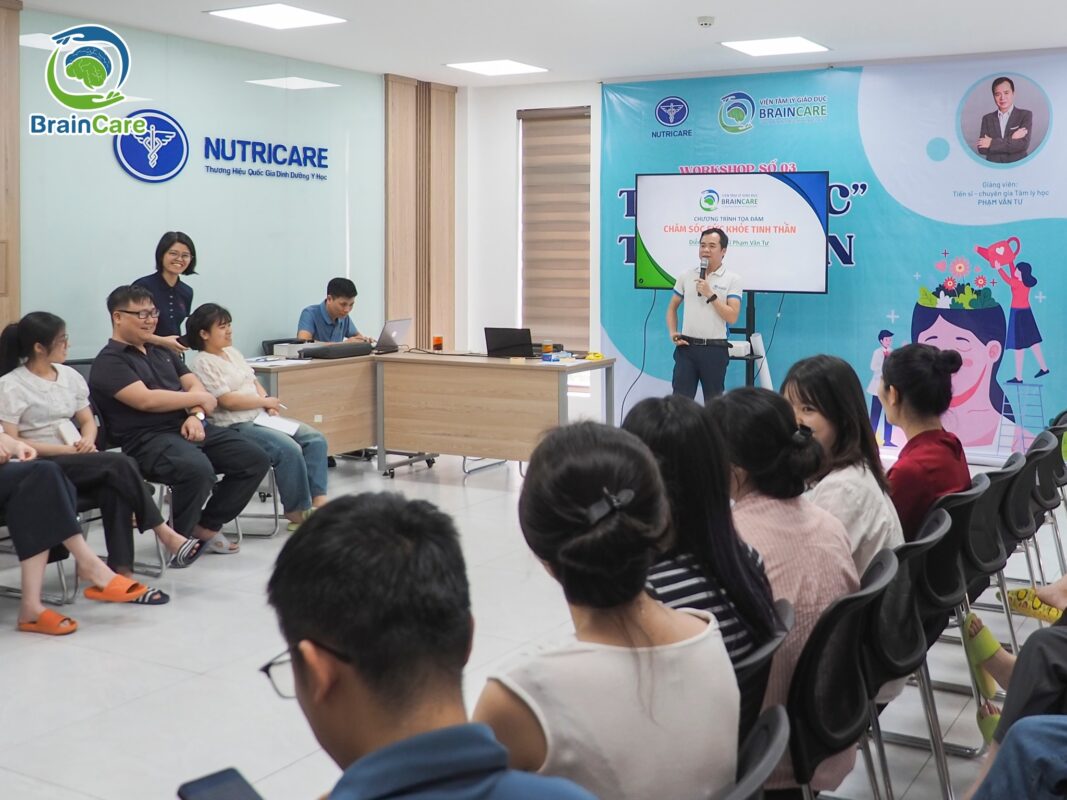PSYCHOLOGY & BEHAVIORAL RESEARCH PROJECTS (My Journey into the Mind)
RESEARCH
Parental Emotional and Cognitive Responses Study (Research Assistant, May 2025 – Present)
I’ve always been fascinated by the unspoken emotions that color our relationships. Working on the research project about parental responses to children’s developmental changes felt like I was given a special lens to see those colors more clearly. My role involved helping to design and distribute a survey, but it was so much more than that. With every response we validated, I felt a deeper connection to the parents on the other side of the screen. I imagined them filling out the survey after a long day, reflecting on their journey with their children. This experience wasn’t just about learning how to conduct regression tests in Excel; it was about learning to listen, to empathize, and to understand the intricate dance of family dynamics. It truly solidified my passion for understanding the human heart and mind.
